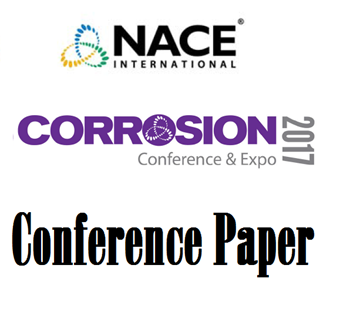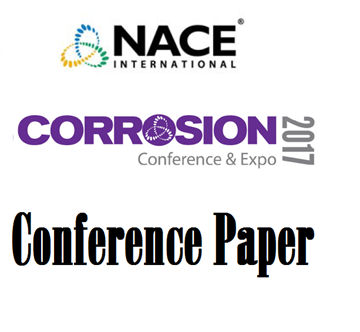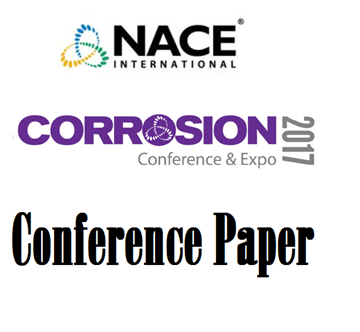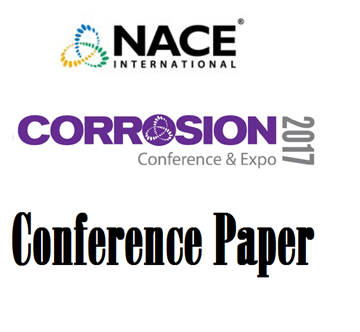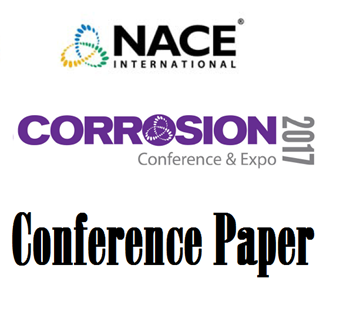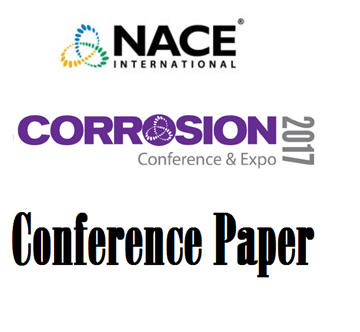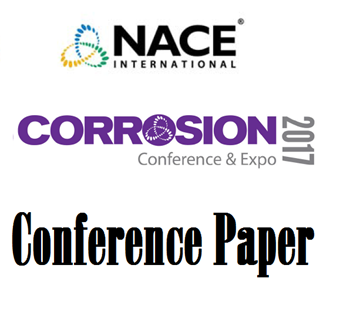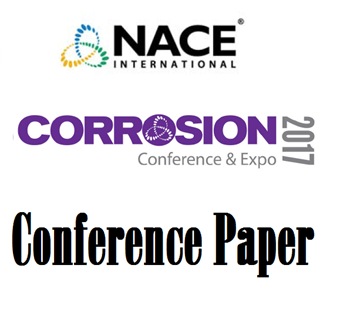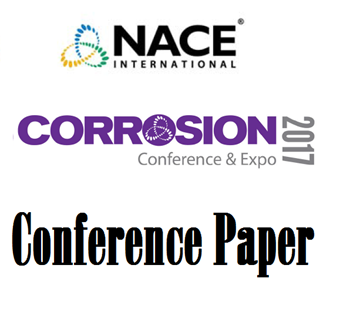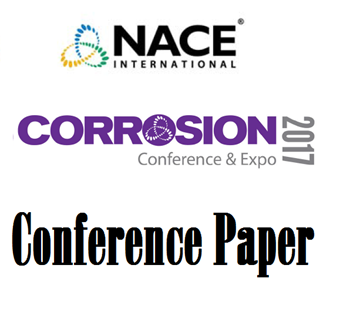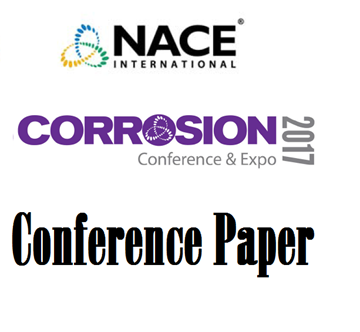Search
Energy Generation
View as
Sort by
Display
per page
51317--9496-Qualification and Application of Ultrasonic Technology for Power Plant Component Fouling Control
Product Number:
51317--9496-SG
ISBN:
9496 2017 CP
Publication Date:
2017
$20.00
51317--9497-Corrosion Evaluation of Alloys For High Temperature Service in Molten Fluoride Salt Cooled Reactors
Product Number:
51317--9497-SG
ISBN:
9497 2017 CP
Publication Date:
2017
$20.00
51317-9562-Corrosion of Ferrous Alloys in a Molten Chloride Salt for Solar Thermal Energy Storage
Product Number:
51317-9562-SG
Publication Date:
2017
$20.00
51317--9590-Assessment of Aging Mechanisms for Steels in Spent Nuclear Fuel Dry Storage Systems
Product Number:
51317--9590-SG
ISBN:
9590 2017 CP
Publication Date:
2017
$20.00
51317--9595-Application of Permasense Real-time Ultrasonic Thickness Monitoring at The Geysers
Product Number:
51317--9595-SG
ISBN:
9595 2017 CP
Publication Date:
2017
$20.00
51317--9689-Inhibition of Pitting Corrosion in Simulated Liquid Radioactive Waste
Product Number:
51317--9689-SG
ISBN:
9689 2017 CP
Publication Date:
2017
$20.00
51317--9722-The Use of Ultrasound for Monitoring the Impact of Induced AC Corrosion on Underground Structures
Product Number:
51317--9722-SG
ISBN:
9722 2017 CP
Publication Date:
2017
$20.00
51317--9749-Corrosion Resistance of Alloys in Calcium Bromide and Calcium Chloride Solutions
Product Number:
51317--9749-SG
ISBN:
9749 2017 CP
Publication Date:
2017
$20.00
51317--9765-Differences in Fireside Corrosion Under Simulated Char and Lignite Conditions
Product Number:
51317--9765-SG
ISBN:
9765 2017 CP
Publication Date:
2017
$20.00
51317--9772-Coastal Environmental Field Trial of an Overhead Power Transmission Conductor
Product Number:
51317--9772-SG
ISBN:
9772 2017 CP
Publication Date:
2017
$20.00
51317--9786-Risk Analysis for Assessing AC Corrosion in Trasnmission Pipelines
Product Number:
51317--9786-SG
ISBN:
9786 2017 CP
Publication Date:
2017
$20.00
51317--9789-Electrochemical Studies of Open-Circuit Potential Drift of Carbon Steel in Nuclear Waste Simulants
Product Number:
51317--9789-SG
ISBN:
9789 2017 CP
Publication Date:
2017
$20.00

